Houseplant Bleeding Heart Care – Growing A Bleeding Heart Plant Inside

Many of us may know this beautiful plant in outdoor garden settings with its gorgeous white or pink heart-shaped flowers, but did you know that you can grow the bleeding heart plant inside too? In order to be able to grow bleeding heart as a houseplant, it is important to know the conditions that this plant enjoys outdoors. Then you can attempt to mimic these conditions for your indoor bleeding heart.
Houseplant Bleeding Heart
Bleeding hearts can get quite large over time, so choose a pot that is about twice as wide as the root ball of your plant, and that also has a drainage hole.
Next, select a good all-purpose potting mix for your plant. Outdoors, these plants love plenty of organic material, so choose a potting mix that has plenty of organic material, or at least fertilizer blended in it in order to give your indoor bleeding heart plant a good start. It is a good idea to mix in some perlite or coarse sand into the potting mix to improve drainage.
Aim to keep the soil moist at all times, but not soggy. Adding the additional perlite and/or sand will help achieve a moist soil, but will still drain very well. The addition of perlite and sand will also help prevent root rot, which is a potential concern for your bleeding heart plant when it’s inside.
An ideal location for your indoor bleeding heart is an area that has bright, indirect light. Filtered sun will work well, and some morning sun is beneficial. Try and avoid hot, mid-day sun indoors.
Another concern you should have in growing bleeding heart as a houseplant is humidity. These plants, like ferns, enjoy high humidity. Aim to increase your humidity indoors if your air is dry.
Throughout the growing season, fertilize your indoor bleeding heart with a liquid fertilizer monthly, or you can also use a time release fertilizer that you can mix into the soil and not have to worry about the last time you fertilized.
Gardening tips, videos, info and more delivered right to your inbox!
Sign up for the Gardening Know How newsletter today and receive a free copy of our e-book "How to Grow Delicious Tomatoes".
Another important thing to remember about growing bleeding heart as a houseplant is that it will go dormant every year. Your plant is not dying; it is simply entering its dormancy phase. Dormancy will occur after the plant is done flowering, typically in late spring or early summer. Everything will start to turn yellow. Allow this to happen, and then trim all the dead stems off.
Once the plant is completely dormant, store the pot in a cool, dark place. Check on it monthly and water it occasionally if the soil is completely dry so the roots don’t die. When the plant is ready to grow again in the Spring it will flush out with new growth all over again.
-
 Looking For Plants To Give You The Soft And Fuzzies? Try These 5 Fuzzy Leaf Plant Options
Looking For Plants To Give You The Soft And Fuzzies? Try These 5 Fuzzy Leaf Plant OptionsLovers of texture, drama, silver foliage and tactile plants will adore these special sensory garden additions. These fuzzy leaf plant options will leave you all aglow
By Susan Albert
-
 Get Ready For A Summer Of Hummers! Grow These Full Sun Hummingbird Plants and Flowers
Get Ready For A Summer Of Hummers! Grow These Full Sun Hummingbird Plants and FlowersIf you’re lucky enough to enjoy a sunny backyard, make sure you are maxing out on your pollinator opportunities and grow these full sun hummingbird plants and flowers
By Tonya Barnett
-
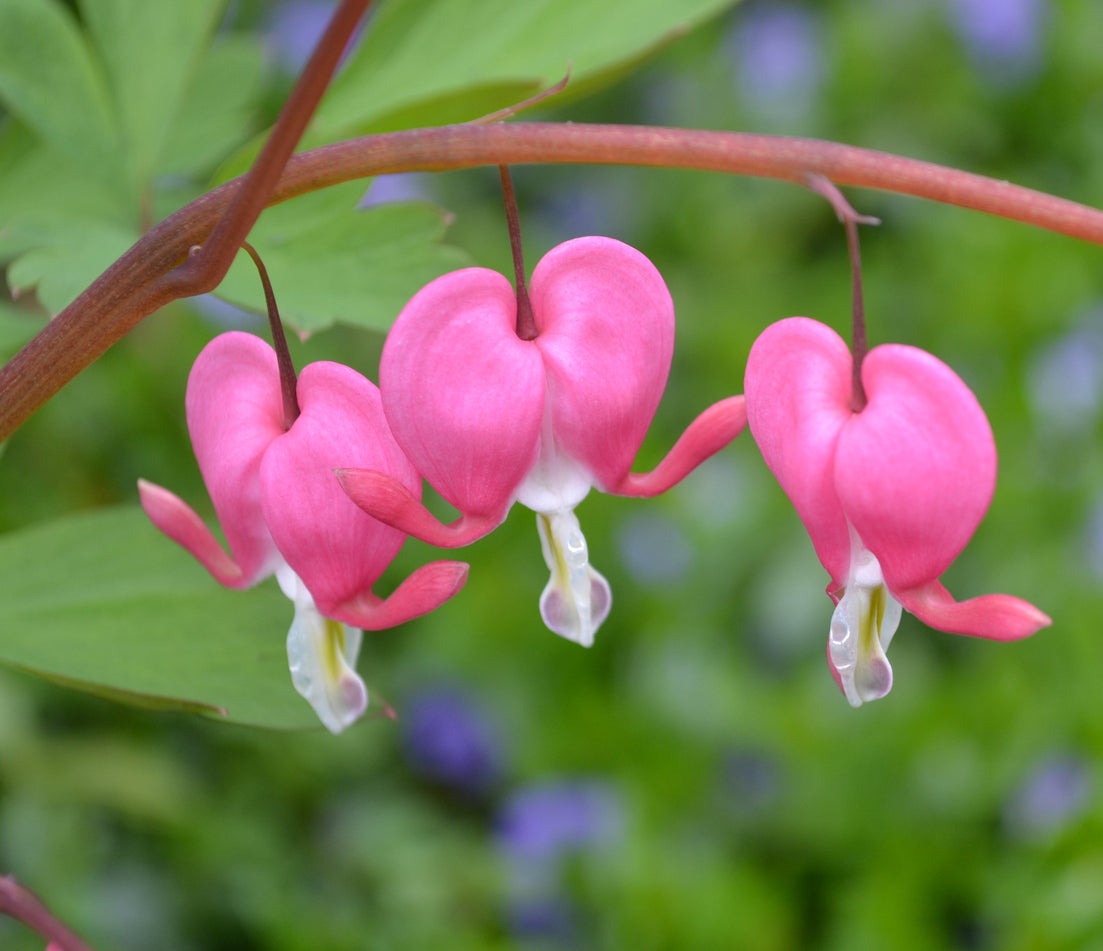 Bleeding Heart Color Change – Do Bleeding Heart Flowers Change Color
Bleeding Heart Color Change – Do Bleeding Heart Flowers Change ColorKnown for their lovely heart-shaped blooms, the most common color of which is pink, the gardener may find that a previously pink bleeding heart flower is changing color. Is that possible? Do bleeding heart flowers change color and, if so, why? Find out here.
By Amy Grant
-
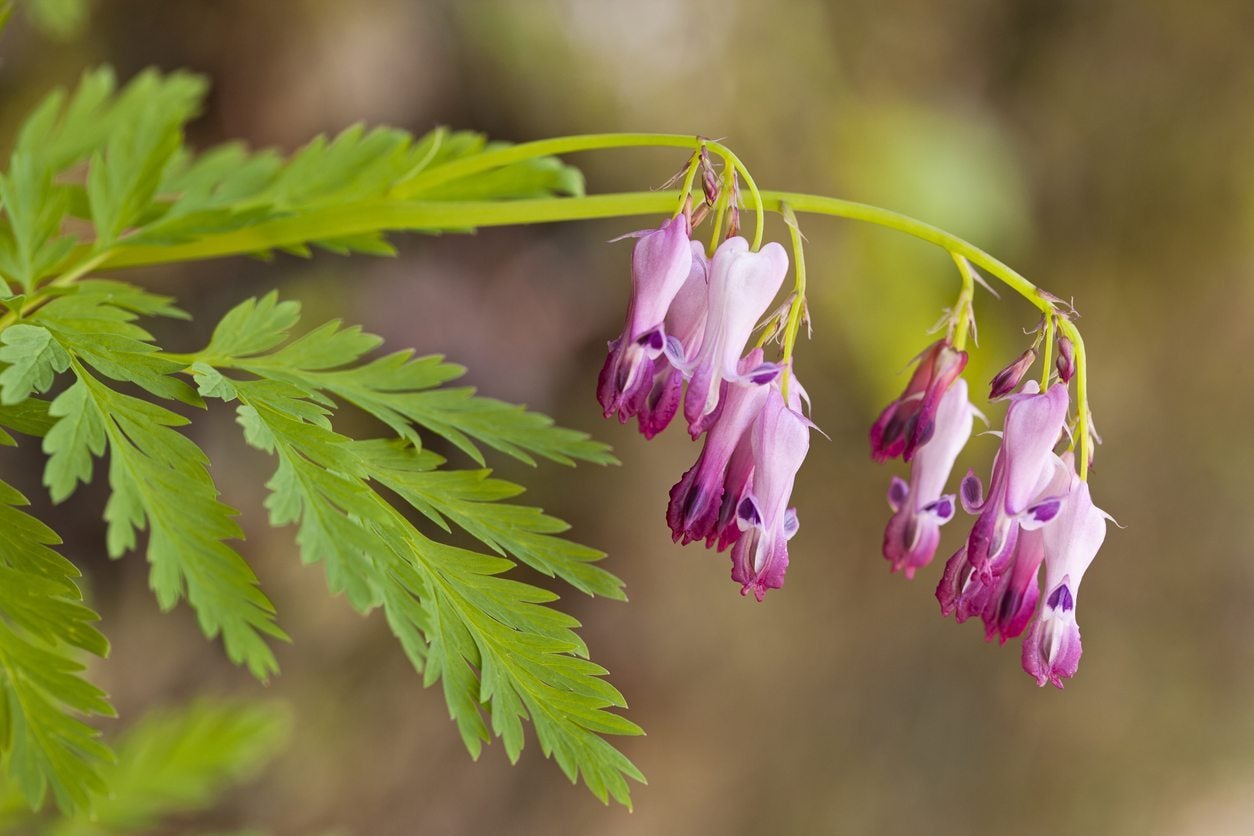 Caring For Bleeding Hearts: How To Grow A Fringed Bleeding Heart Plant
Caring For Bleeding Hearts: How To Grow A Fringed Bleeding Heart PlantWhile the old-fashioned Asian native bleeding heart (Dicentra spectabilis) is the most commonly used type in gardens, growing fringed bleeding heart varieties is gaining popularity. What is a fringed bleeding heart? Click here for more information.
By Darcy Larum
-
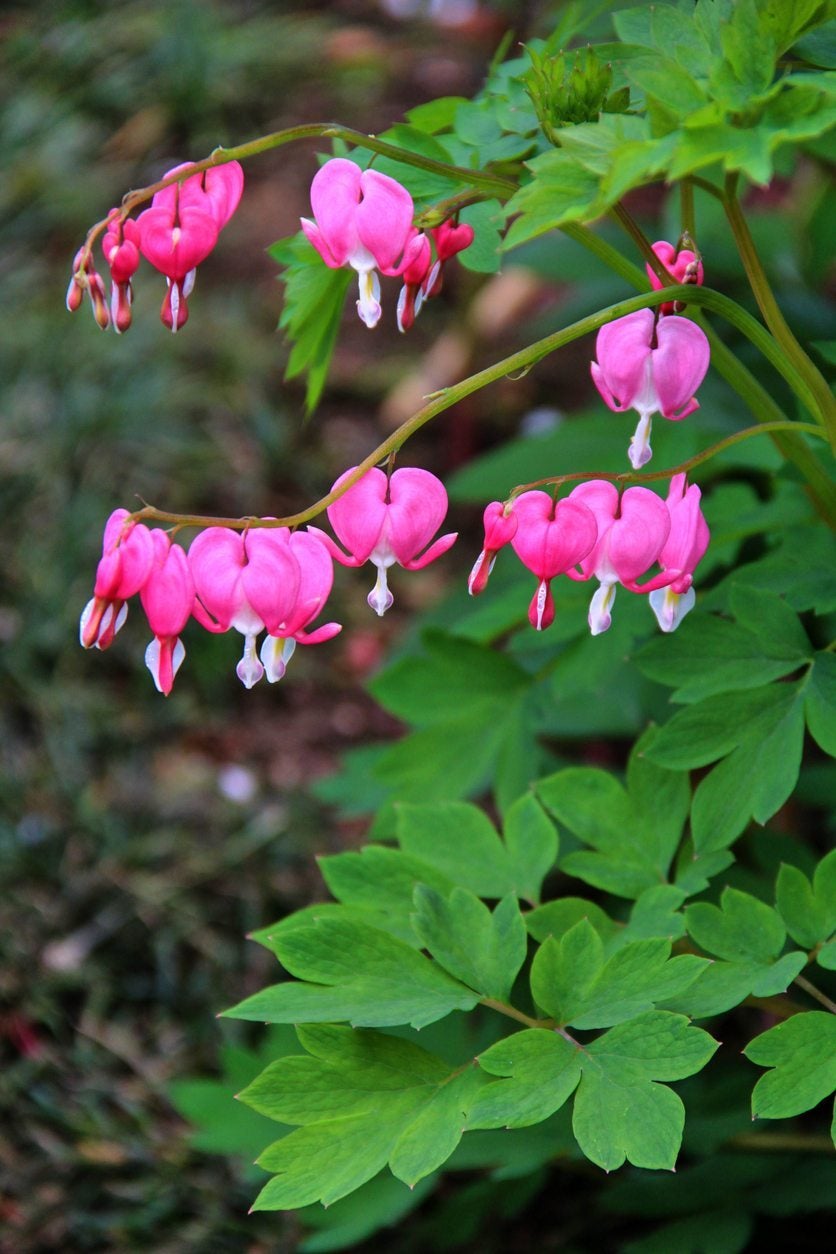 Bleeding Heart Pest Problems – Common Bugs That Eat Bleeding Heart Plants
Bleeding Heart Pest Problems – Common Bugs That Eat Bleeding Heart PlantsBleeding heart is an old-fashioned perennial that adds color and charm to shady spots in your garden. While the plant is surprisingly easy to grow, it can fall prey to a number of pesky insects. If you think something is bugging your plant, click here to learn more.
By Mary H. Dyer
-
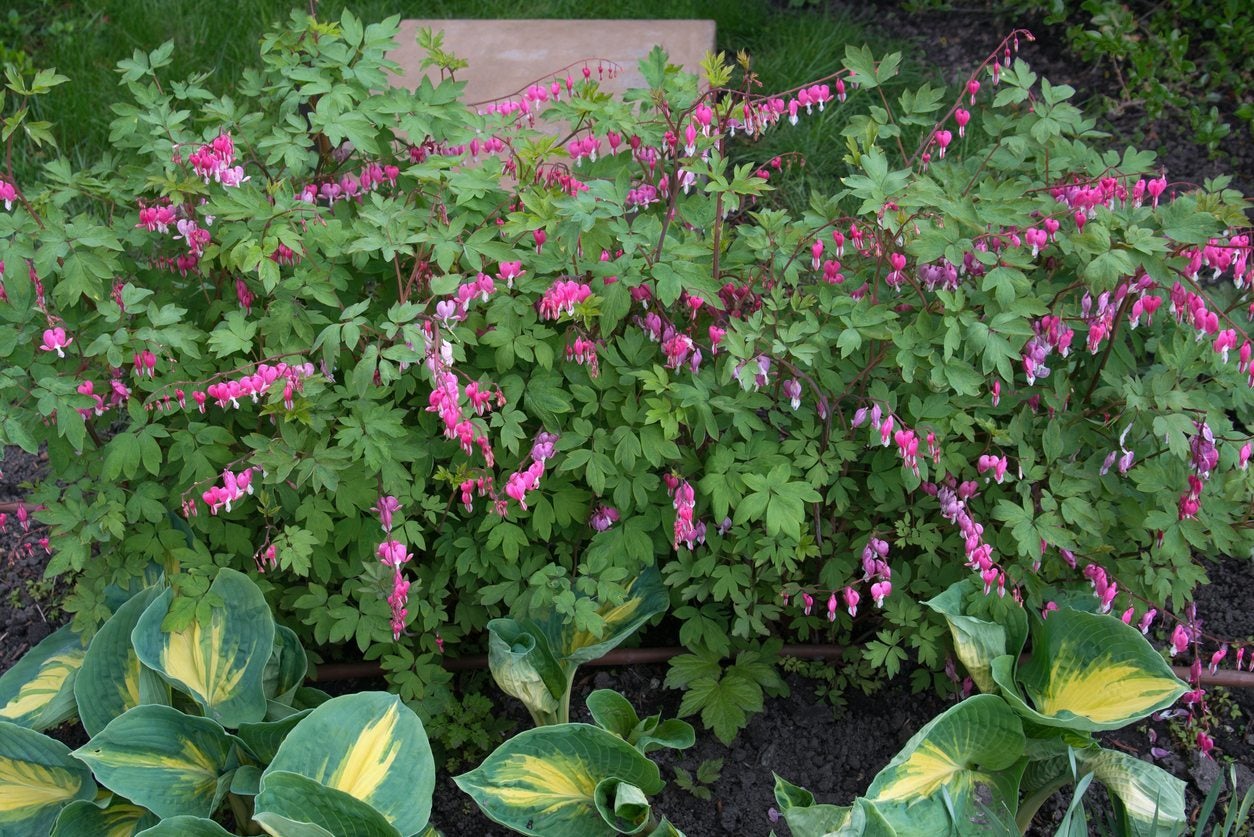 Bleeding Heart Diseases – Recognizing Diseased Bleeding Heart Symptoms
Bleeding Heart Diseases – Recognizing Diseased Bleeding Heart SymptomsBleeding heart (Dicentra spectablis) is a relatively hardy plant in spite of its lacy foliage and delicate, dangling blooms, but it can be plagued by a handful of diseases. Click on the following article to learn about common diseases of bleeding heart plants.
By Mary H. Dyer
-
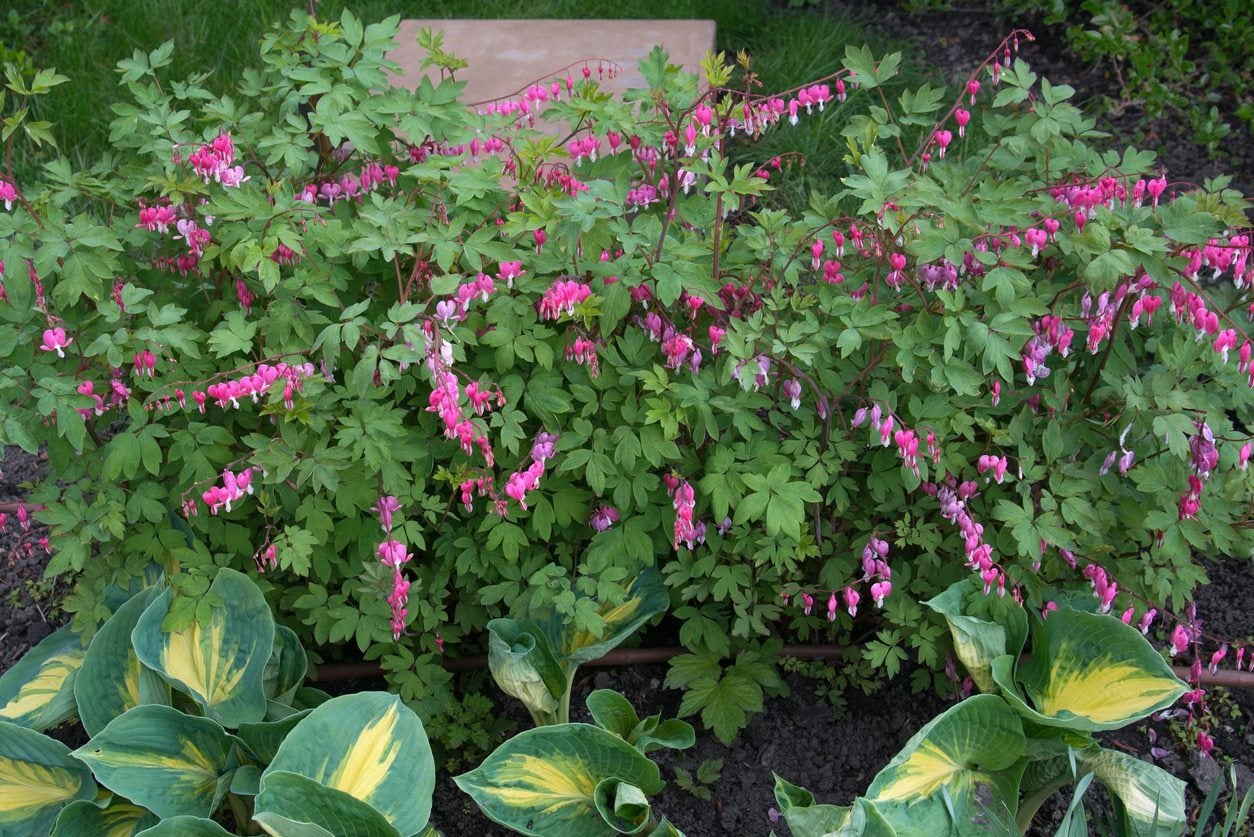 Caring For Bleeding Heart Transplants – How To Transplant A Bleeding Heart Plant
Caring For Bleeding Heart Transplants – How To Transplant A Bleeding Heart PlantGot a bleeding heart plant that always looks spindly, yellow and barely producing any flowers? If you find yourself in a circumstance like this and need to move a bleeding heart plant, then click on the article that follows for information on transplanting bleeding hearts.
By Darcy Larum
-
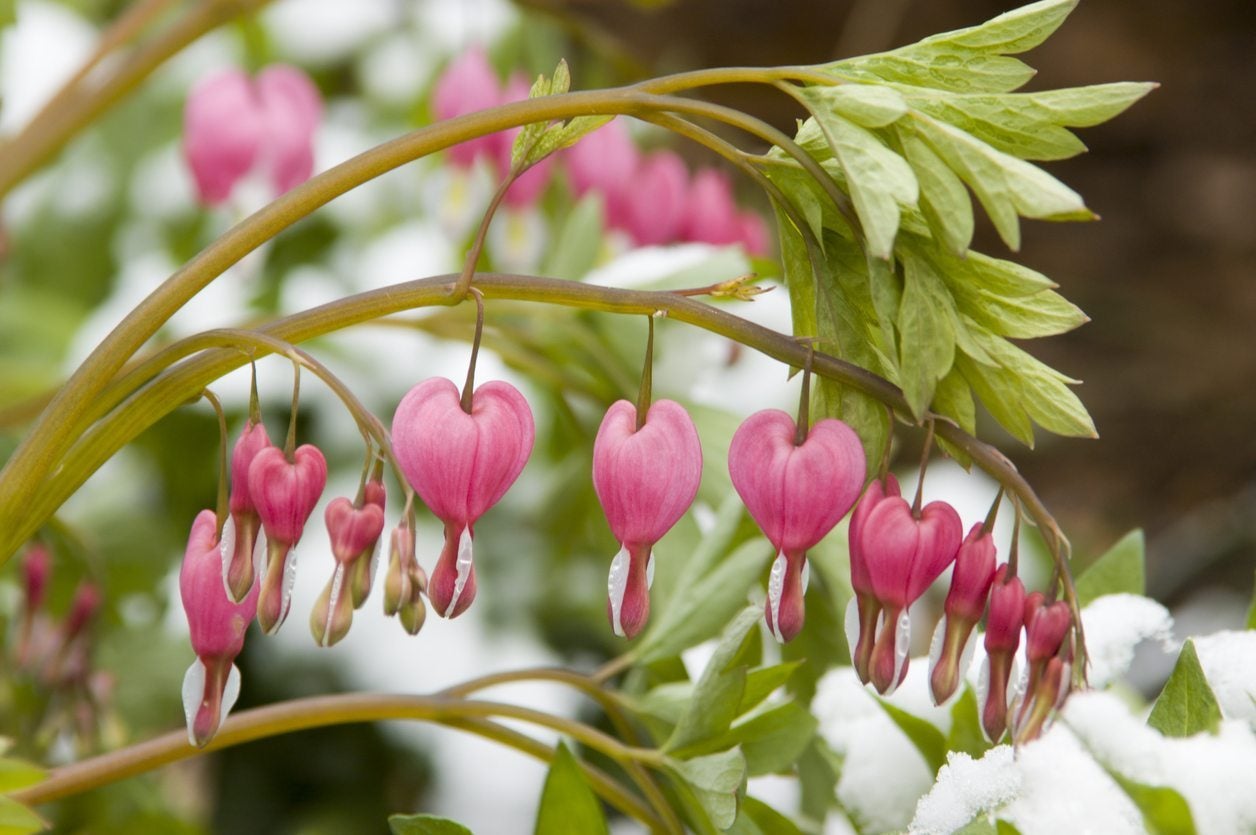 Winterizing A Bleeding Heart Plant – How To Overwinter A Bleeding Heart
Winterizing A Bleeding Heart Plant – How To Overwinter A Bleeding HeartBleeding heart bushes bring a colorful and Old World charm to any garden. But what should you do when temperatures start to drop? Click here to learn more about bleeding heart winter care and how to protect a bleeding heart during winter.
By Liz Baessler
-
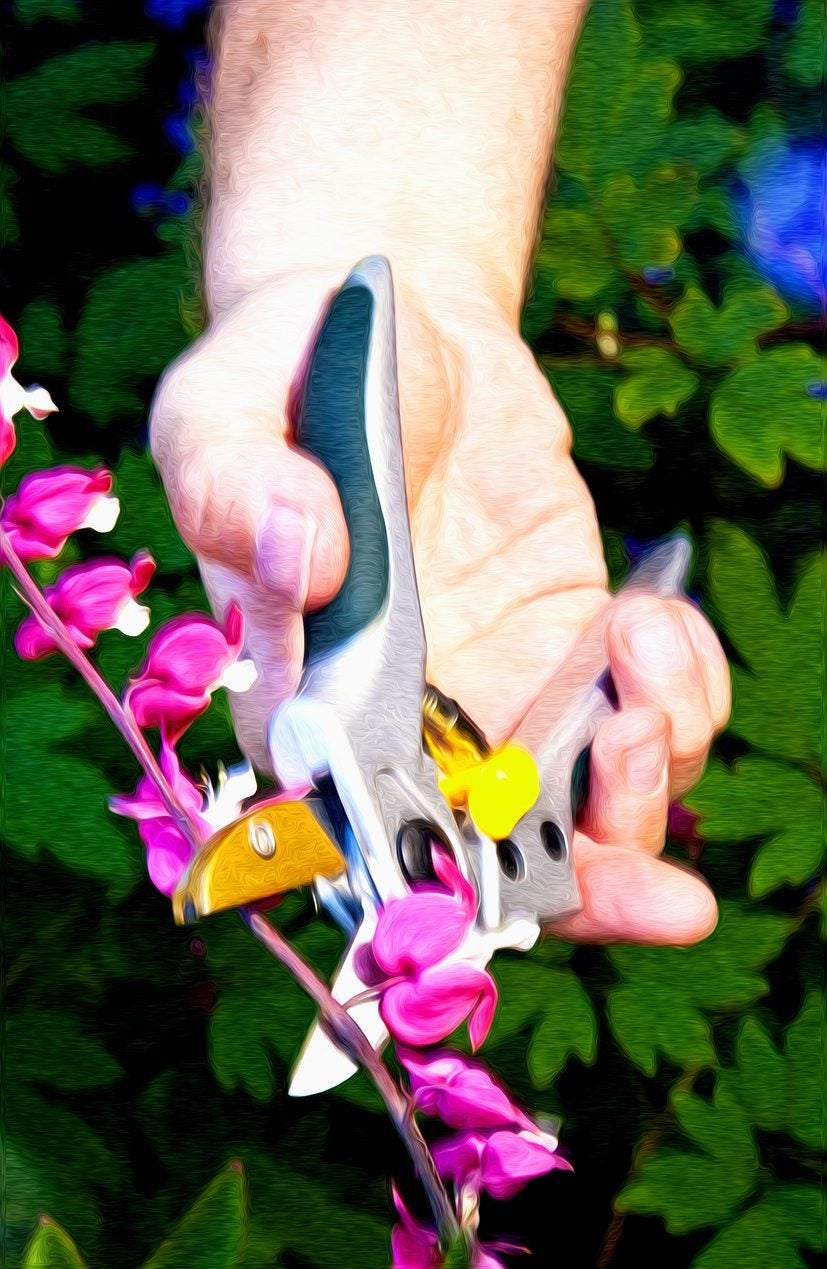 Tips For Bleeding Heart Pruning – How To Prune A Bleeding Heart Plant
Tips For Bleeding Heart Pruning – How To Prune A Bleeding Heart PlantBleeding heart plants are beautiful perennials that produce very distinctive heart-shaped flowers. But how do you keep one in check? Does it need regular pruning, or can it be allowed to grow on its own? Learn more about how and when to prune bleeding hearts here.
By Liz Baessler
-
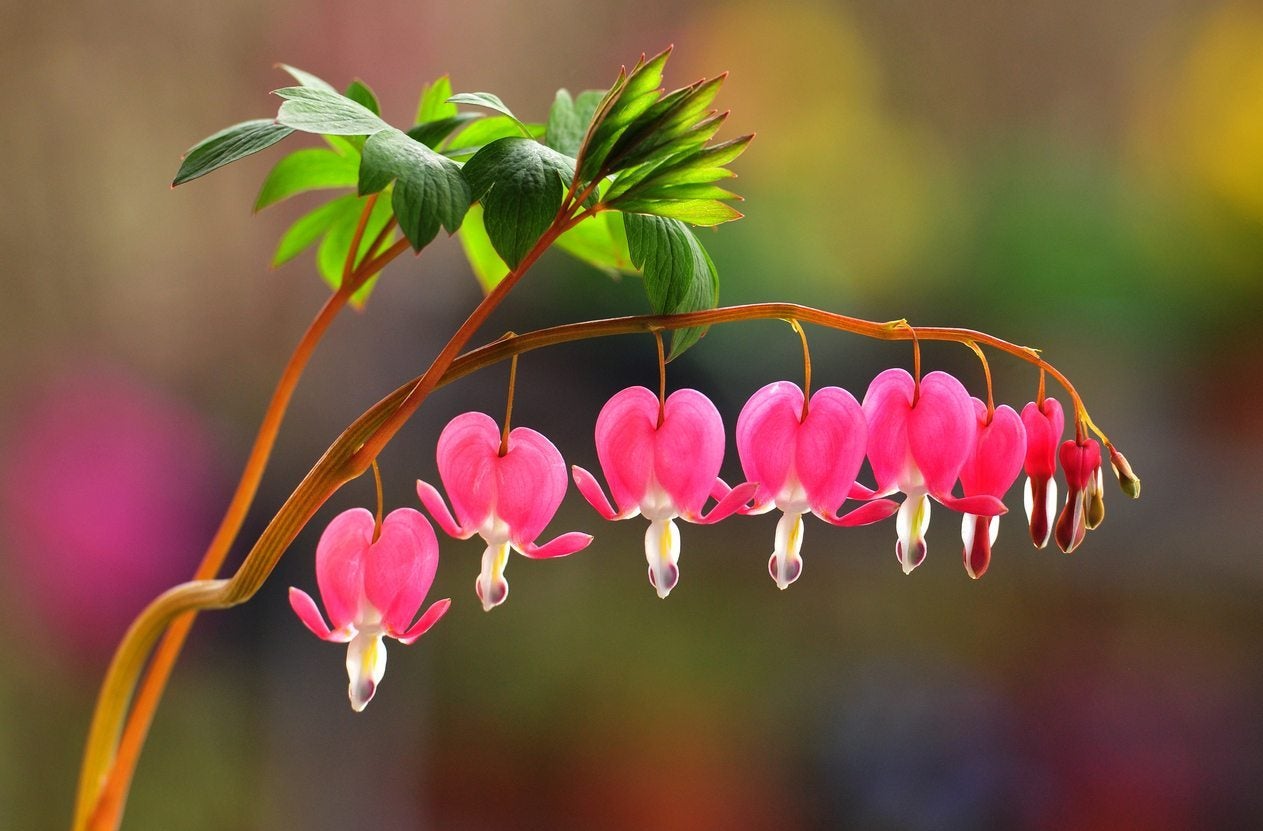 Propagating Bleeding Hearts : How To Grow More Bleeding Hearts
Propagating Bleeding Hearts : How To Grow More Bleeding HeartsFew plants match the old-fashioned charm and romantic blossoms of bleeding hearts. These whimsical plants appear in spring in shady to partially sunny locations. As perennials they come back year after year but how to propagate bleeding heart plants? Find out here.
By Bonnie L. Grant